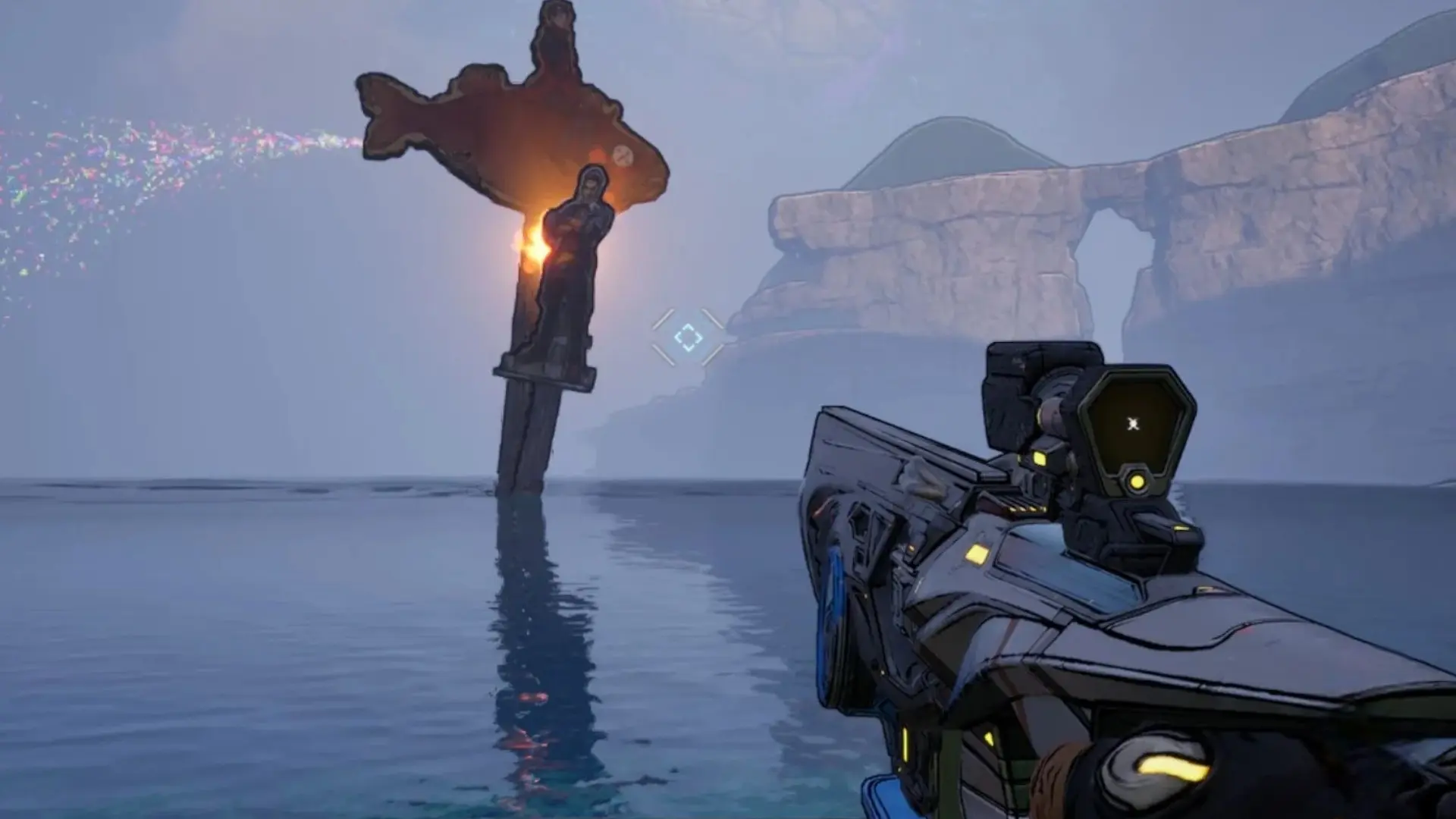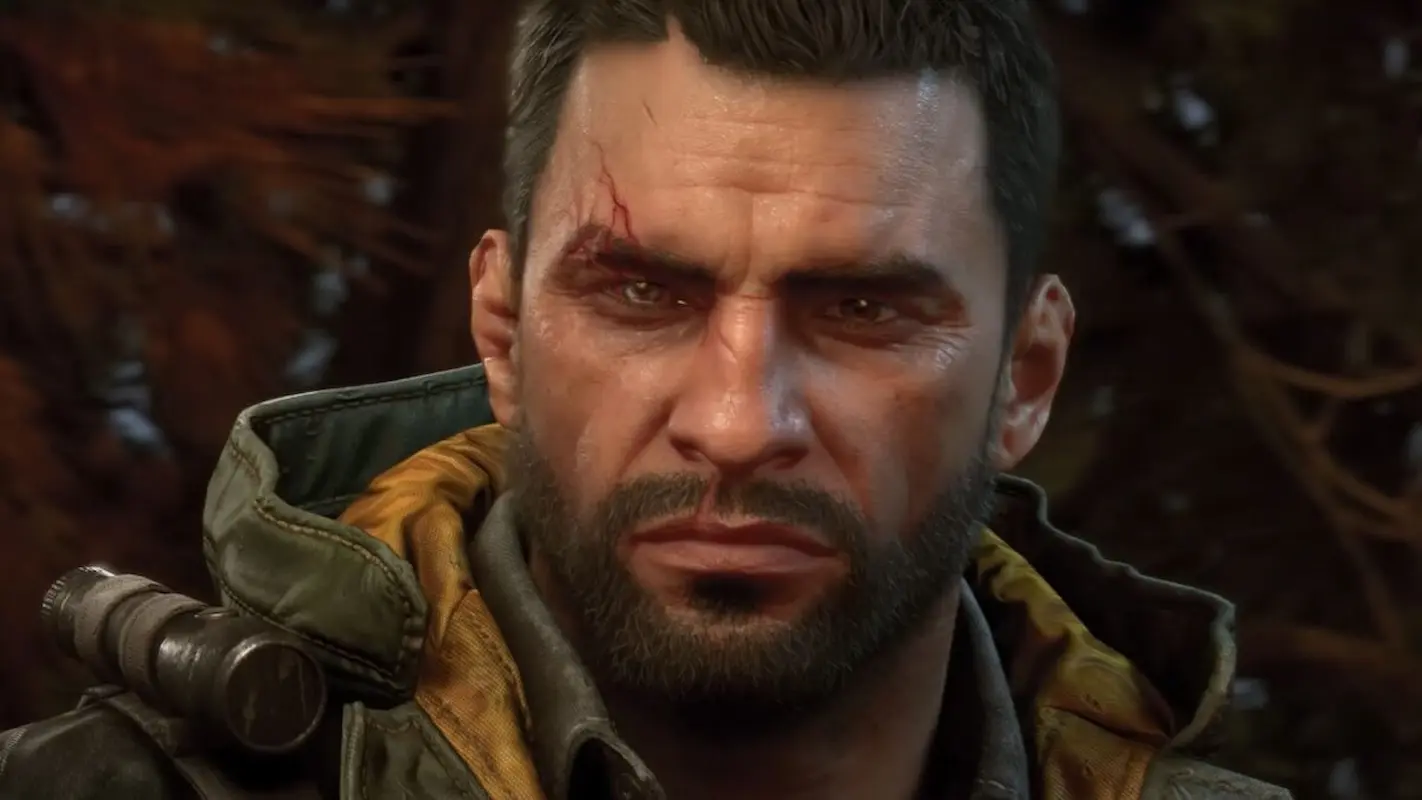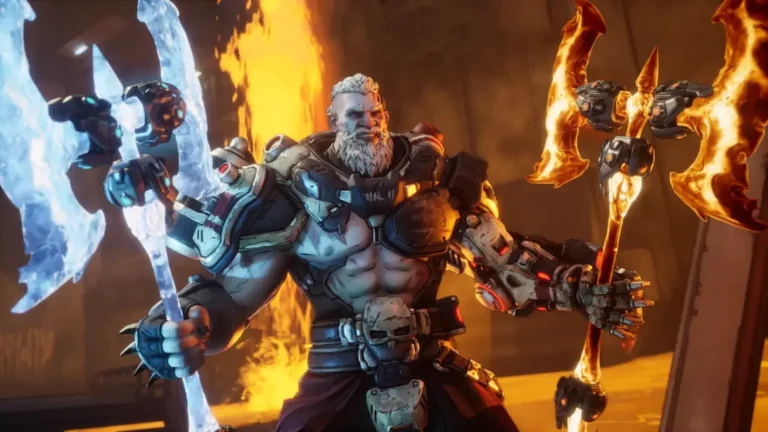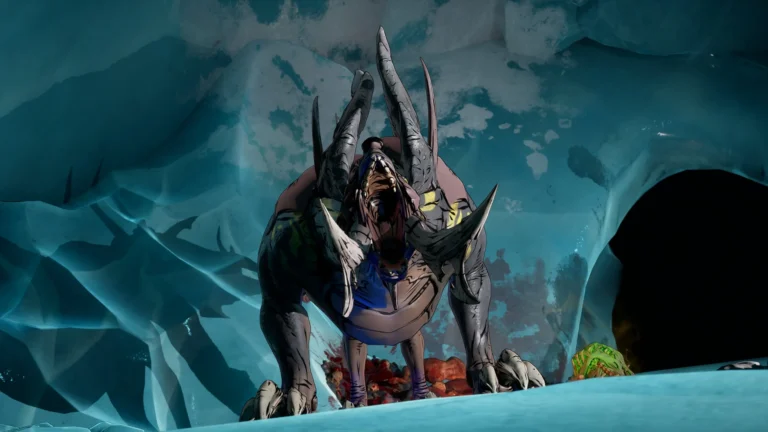The launch of Borderlands 4 has been accompanied by widespread performance complaints, but the controversy exploded after Gearbox CEO Randy Pitchford dismissed criticism in a set of tone-deaf comments. Now, frustrated players are holding up Dying Light: The Beast as a counter-example of how optimization should be handled.
Randy Pitchford’s Comments Spark Backlash
In response to complaints about poor optimization, Pitchford claimed PC players were being “too 4K stubborn“ and insisted that “premium games are made for premium gamers.” He went further, telling critics to “code your own game and show us how it’s done.“
Players saw the comments as dismissive and unprofessional, dodging responsibility and only adding fuel to the fire. Many felt the comments brushed off real concerns.
Borderlands 4’s Performance Issues

Many people report Borderlands 4 runs poorly across both PC and consoles, with stuttering, frame drops, and performance issues the longer the game is played. And those are all classic signs of poor optimization.
Even high-end PCs running Unreal Engine 5 are struggling, issues seen in other recent releases as well.
Enter Dying Light: The Beast
Meanwhile, players have been quick to compare the game to Dying Light: The Beast, Techland’s new open-world co-op title, that is being praised for its smooth, polished performance across platforms.
For example, you can spot a lot of posts on Twitter/X showing the difference:
- On PC, it runs at ~95fps at 4K Ultra on an RTX 5090, with stable frame times and zero stutter.
- Even handhelds like the Lenovo Legion Go report an ok performance.
- On PS5, it is locked at a perfect 60fps, with bonus features like an FOV slider, something rarely seen on consoles.
- The only issues noted so far are odd HDR handling and the lack of PS5 Pro enhancements.
The most important is, all of this comes without ray tracing or relying on DLSS/Frame Generation tricks, showing that Techland prioritized core optimization from the start.
Respecting Players
The comparisons highlight a wider debate. Games like Cyberpunk 2077 and Black Myth: Wukong show that demanding visuals do not have to mean disastrous performance, and polished day-one launches like Stellar Blade prove that optimization can win over players.
A lot of people also point out that with AAA games now priced at $70-$80, they expect stable performance at launch, not excuses. Pitchford previously defended higher pricing by saying “real fans” would pay, but this is a stance now clashing with the reality of Borderlands 4’s issues on release.
The game is still doing good, and it is most likely the best Borderlands we had in years, with an amazing story and gameplay. But there is no denying it could have gone smoother if more time had been invested in making sure it does run smoothly.
The message from the community is clear: do not blame players for poor optimization. Launching games in a polished state earns respect and lasting goodwill, as Techland just demonstrated with Dying Light: The Beast.
As one fan bluntly put it: “Gearbox tells us to accept broken games. Techland shows us how it should be done.“



